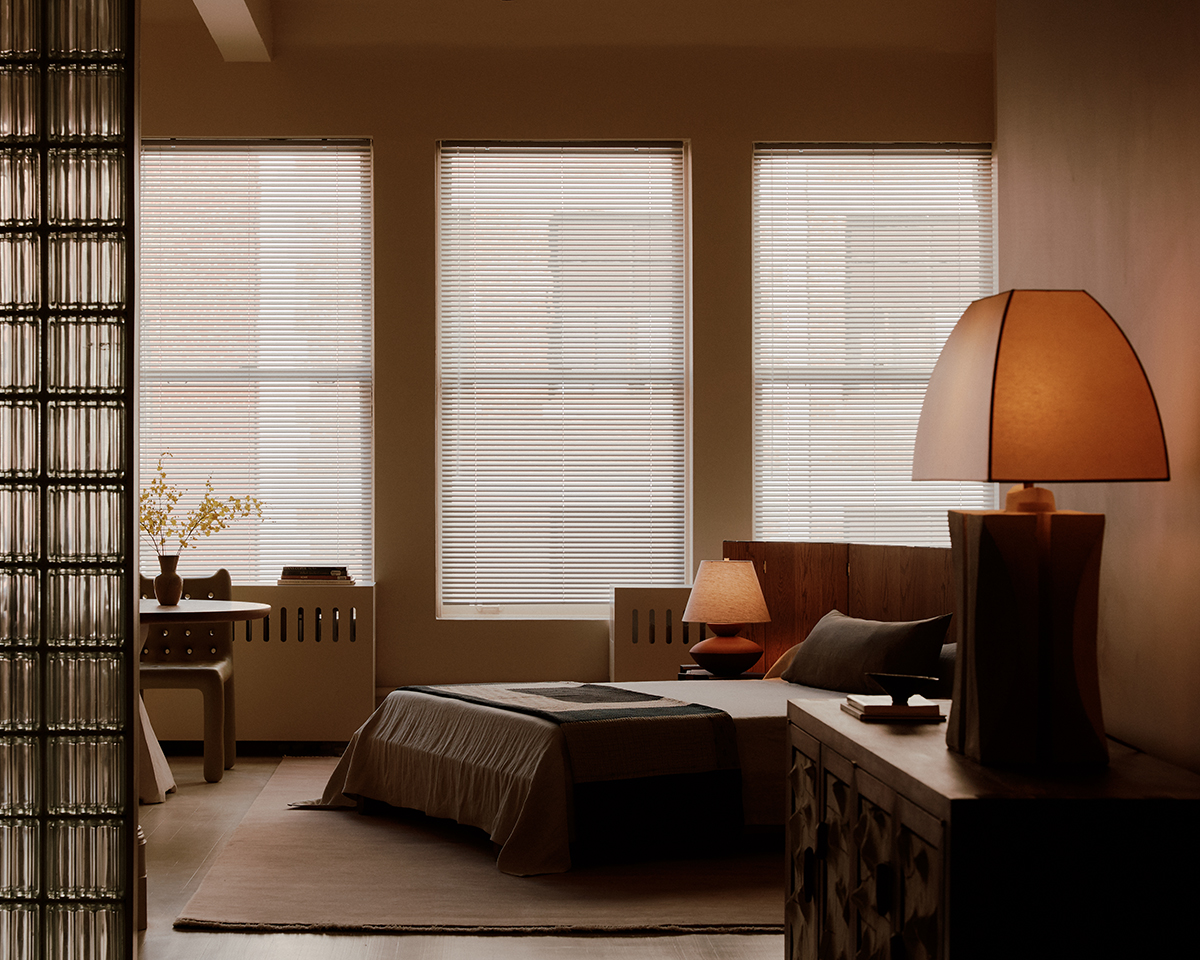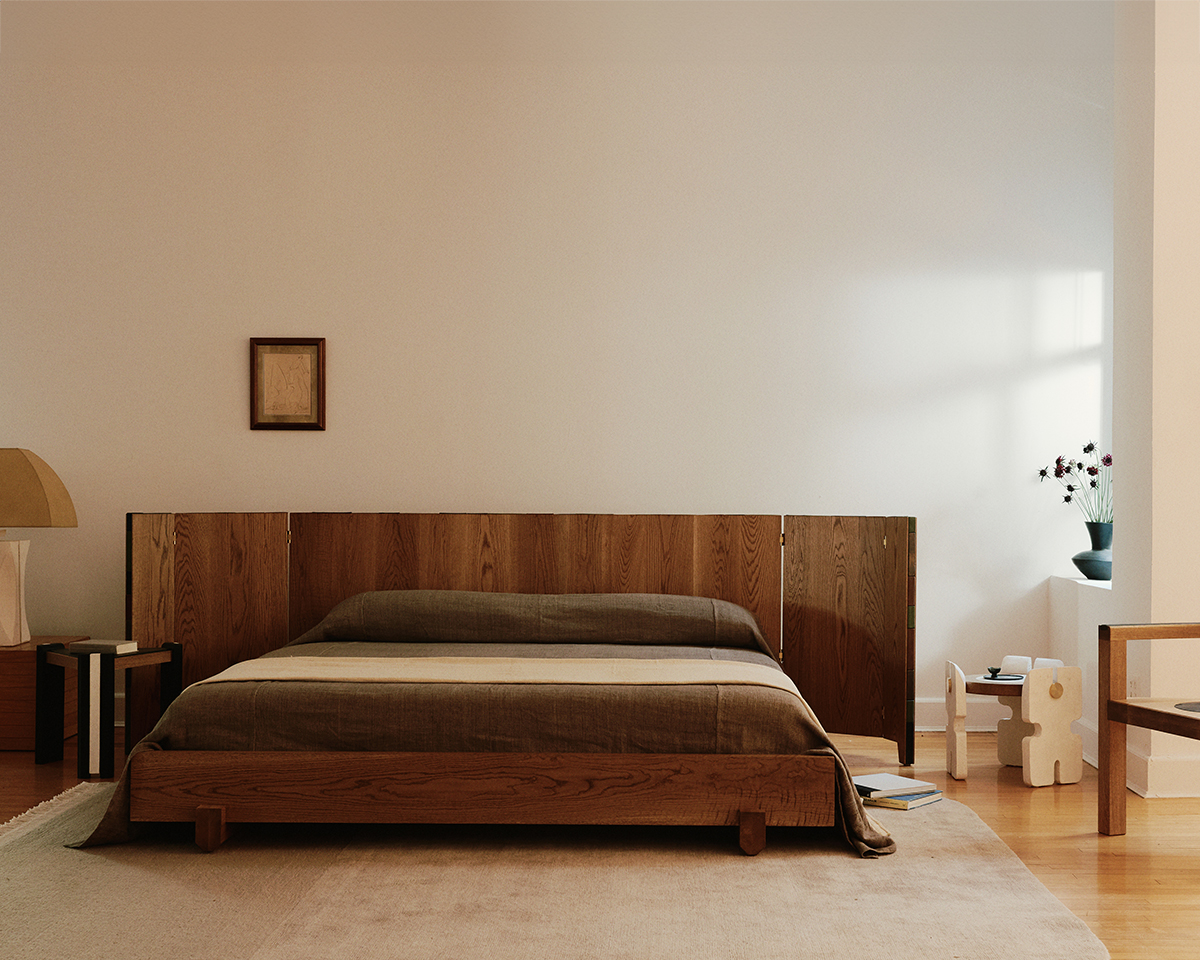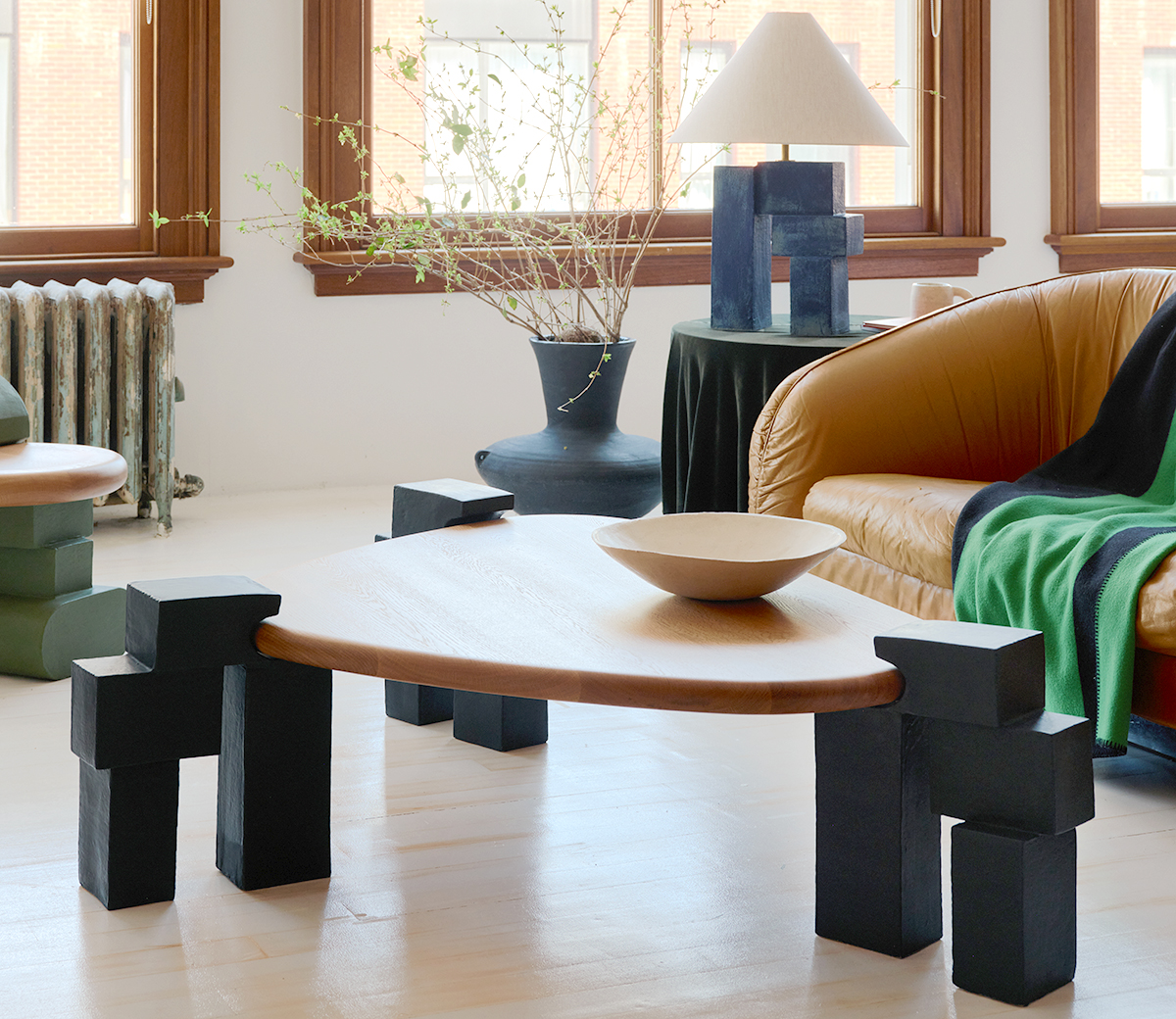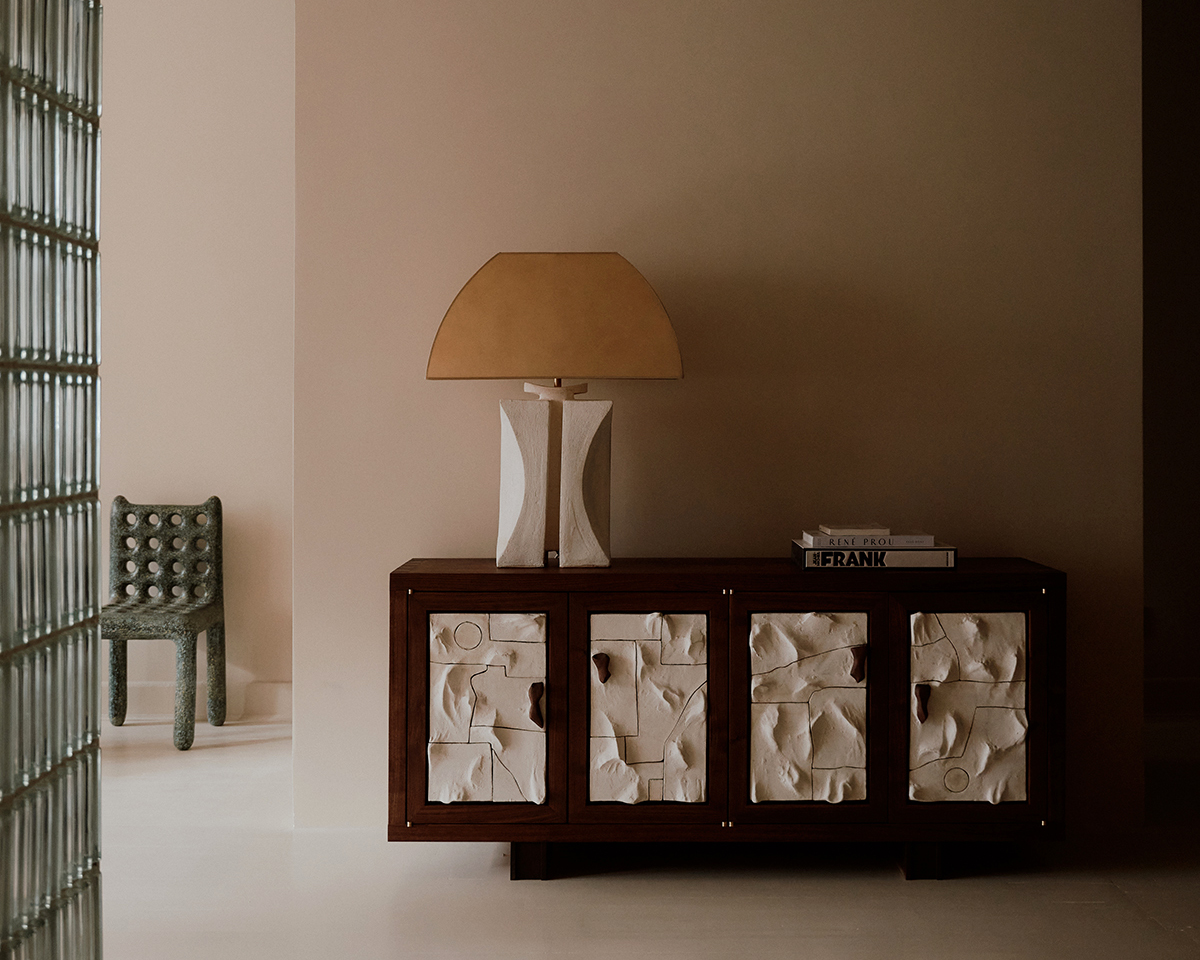
01.06.25
American Design Hot List
The 2024 American Design Hot List: Part I
This week we announced our 12th annual American Design Hot List, Sight Unseen’s editorial award for the names to know now in American design. We’re devoting an entire week to interviews with this year’s honorees — get to know the first group of Hot List designers here (including Danny Kaplan, whose sculptural experiments in clay are seen above).
BMDO
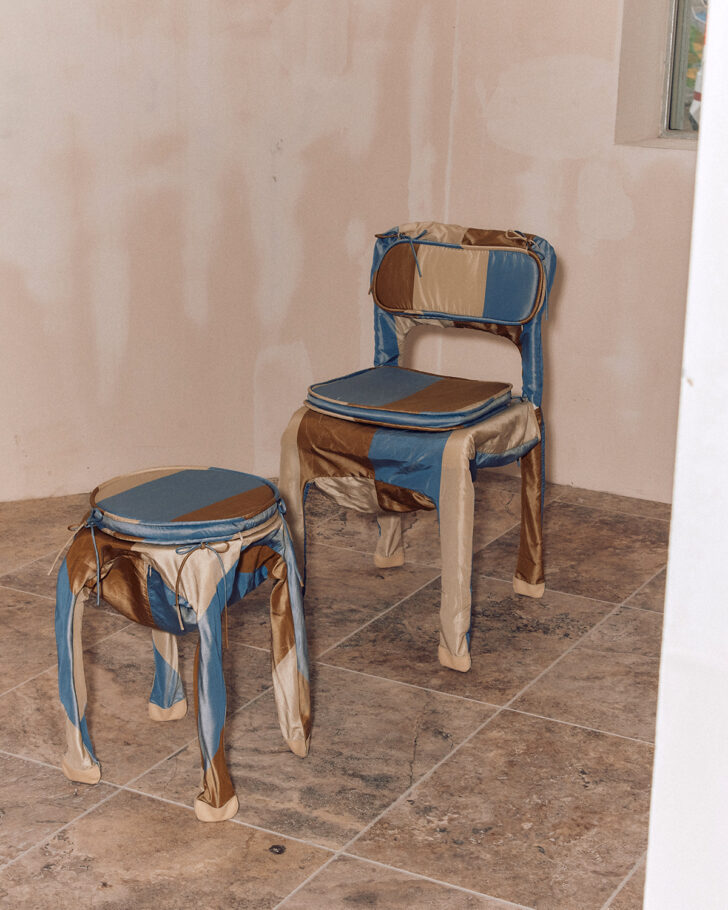
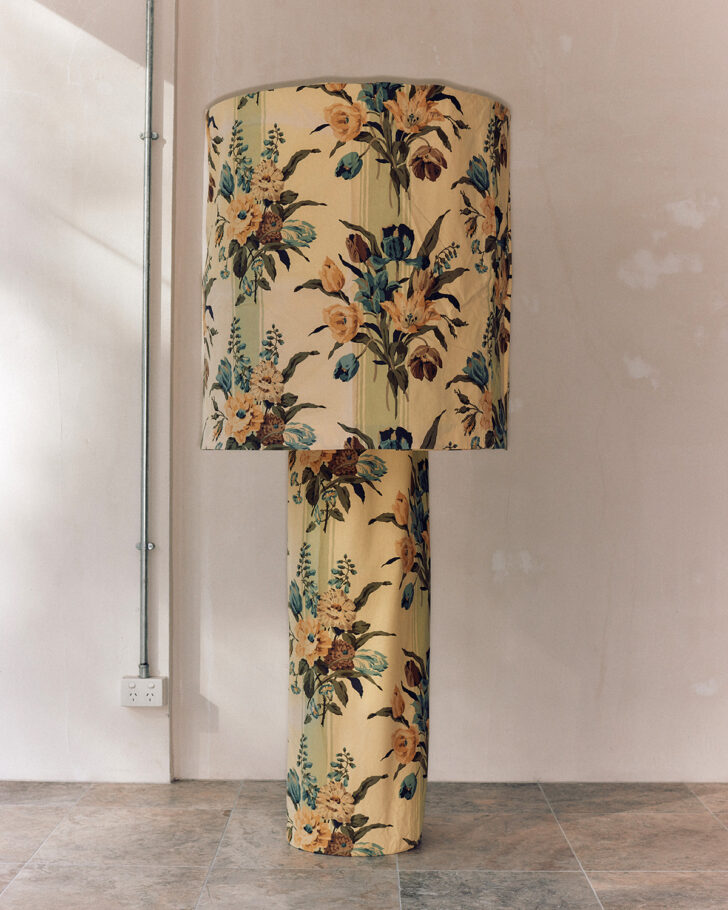
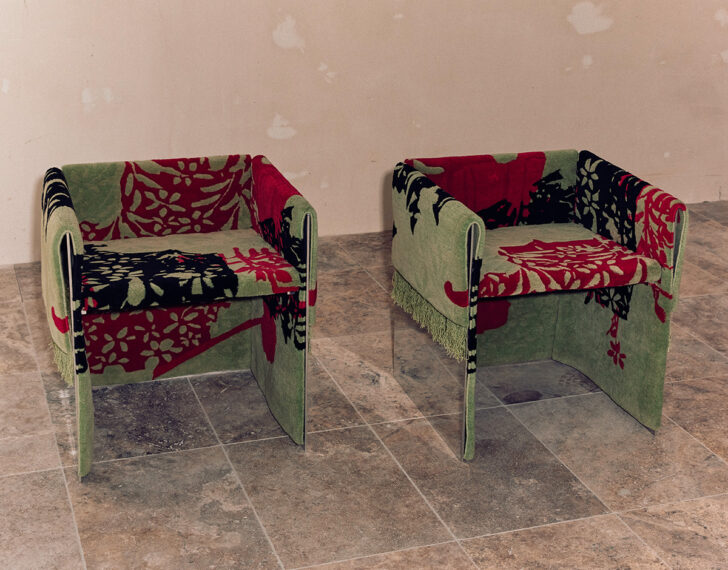
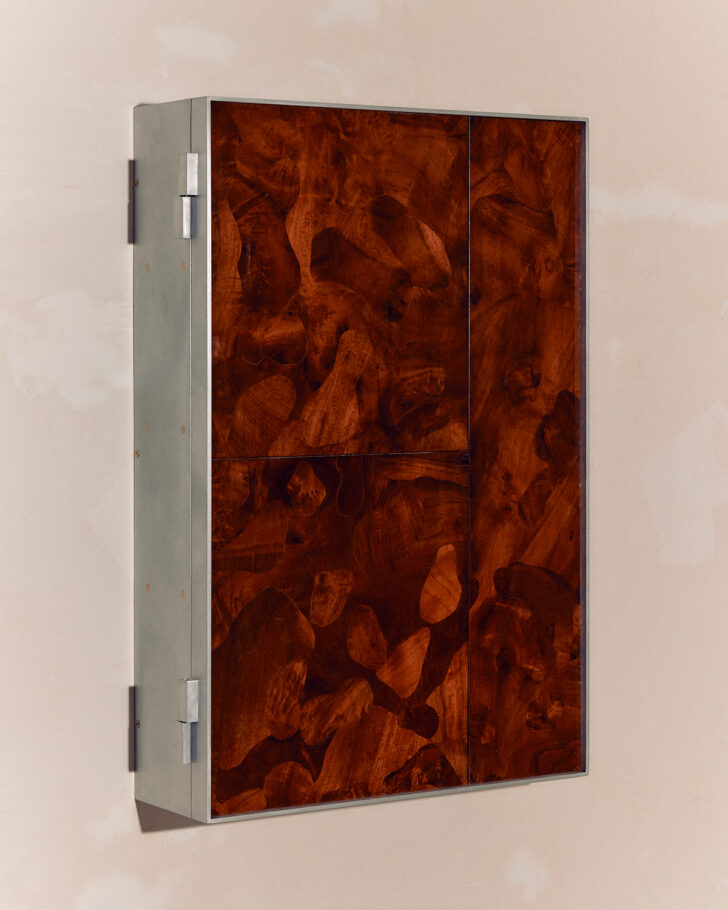
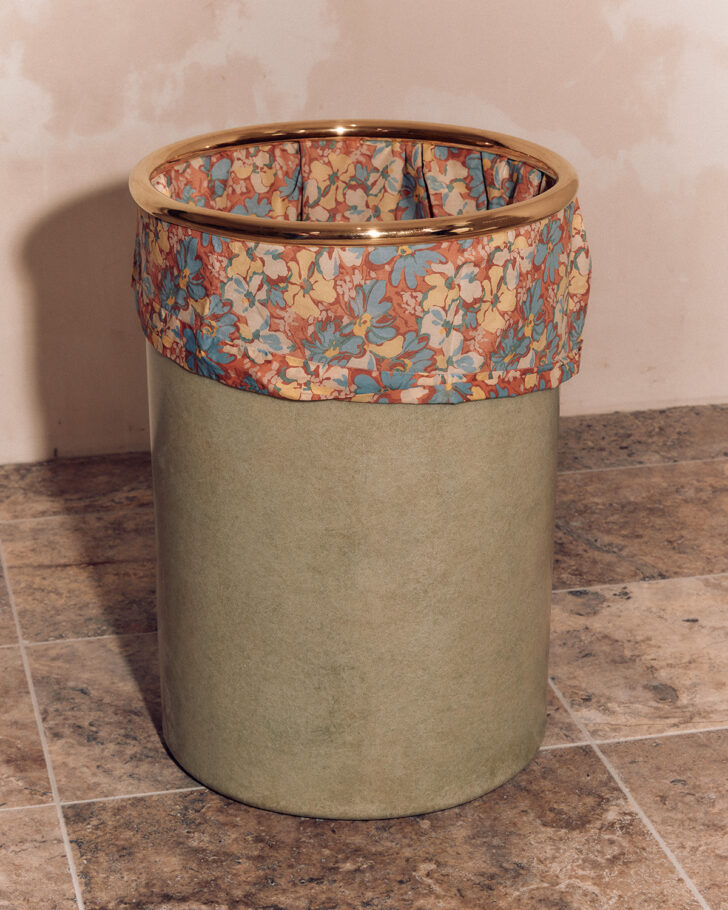
Melbourne and Los Angeles, bmdo.net
BMDO made a splash this year with their debut collection, launched at the Melbourne gallery Oigall — a suite of pieces both very familiar and very odd, from chairs wrapped in carpets or baggy parachute-ish upholstery to an actual floral-lined trash can. We were intrigued, and then excited to learn that the studio is in fact (half) American: Fletcher Barns is based in Melbourne, while his co-founder James L. Marshall is based in L.A. BMDO combines the pair’s industrial design and fine art backgrounds in furniture and objects that embody unexpected combinations and aesthetics.
What is American design to you, and what excites you about it?
American design embodies an interesting duality: It’s both rigid/structured and iconoclastic, combining a history for tradition with a willingness to challenge rules. The market’s expansiveness allows micro-conversations (niches) to hold a platform, giving designers opportunities to experiment and innovate. What excites us the most is the openness to risk-taking among clients, which fosters creative freedom and pushes the boundaries of what we can make.
What are your plans and highlights for the upcoming year?
2025 is about building our gallery and showroom representation to reach more people with our work. In March, we have a super interesting and somewhat left-of-center collaboration with an artist for Art Basel Hong Kong. Even though we have some history in contemporary art (it’s what James studied), it’s outside of what we’d thought a project outcome would be for BMDO, which is exciting for us! After that we’ll focus on developing new furniture pieces for a solo show at Oigall Projects, where we exhibited High Hopes in 2024. Outside of those two projects, we have a series of unrealized and updated furniture pieces that we’ll release throughout the year, starting with a new Chair 9 carpet.
What inspires or informs your work in general?
Our work is inspired by the unexpected, whether in collaborations, presentations, or the materials we use. We’re particularly drawn to the forgotten, the off-limits, or the passé. This dynamic creates a dialogue in our work, resulting in objects that we hope are thoughtful and playful. Our last solo show, High Hopes, reflected this ethos with a passing nod to Arte Povera, a movement that continues to influence our approach. By using found images and objects, and repurposed materials, we get excited by the possibility of reimagining the discarded to create new meaning and value.
Fletcher recently found a stained-glass dragon collecting dust in the back corner of a glass supplier’s shop. We’re not sure if it will get incorporated into a new work — or serve as the starting point for something completely unrelated — but it’s objects like this that often inspire us and lead us down a rabbit hole.
Bowen Liu
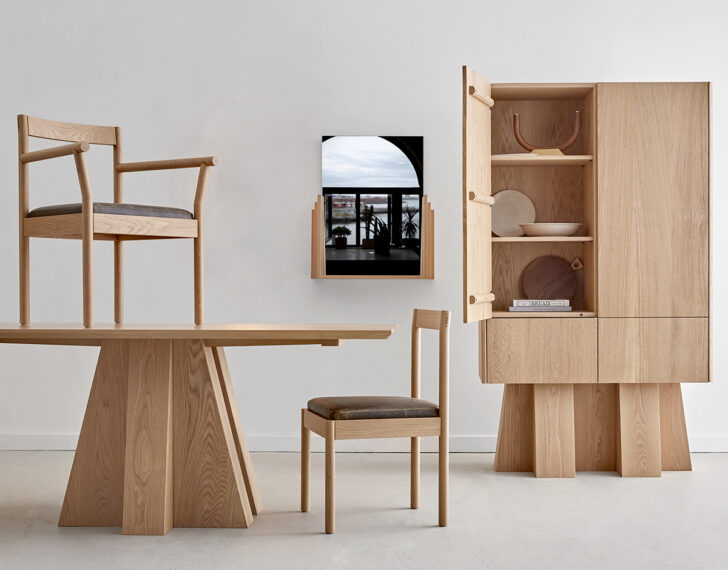
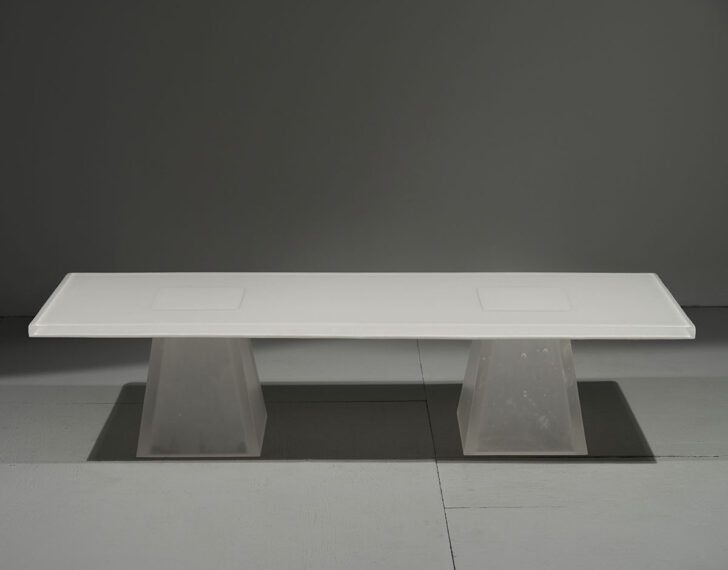
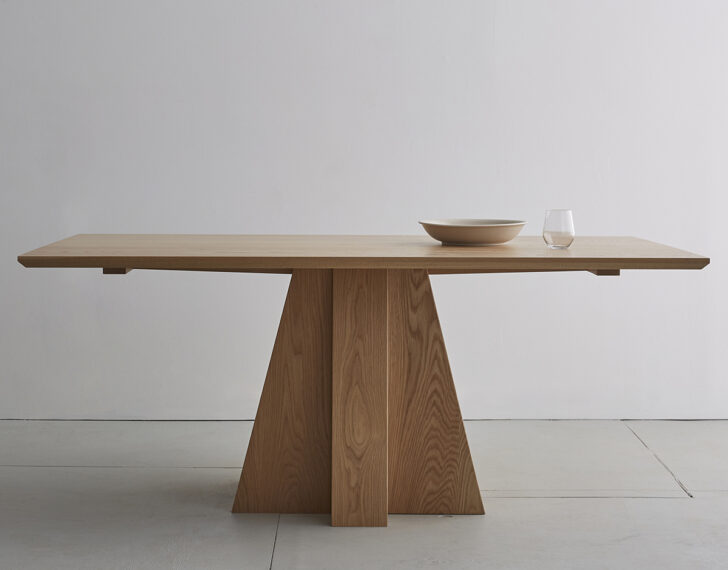
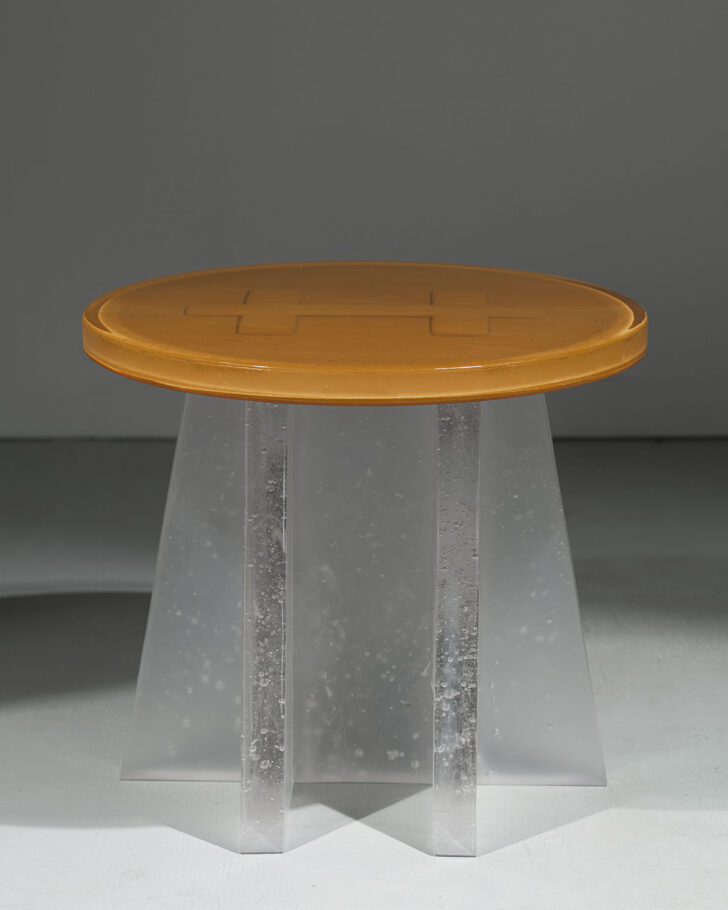
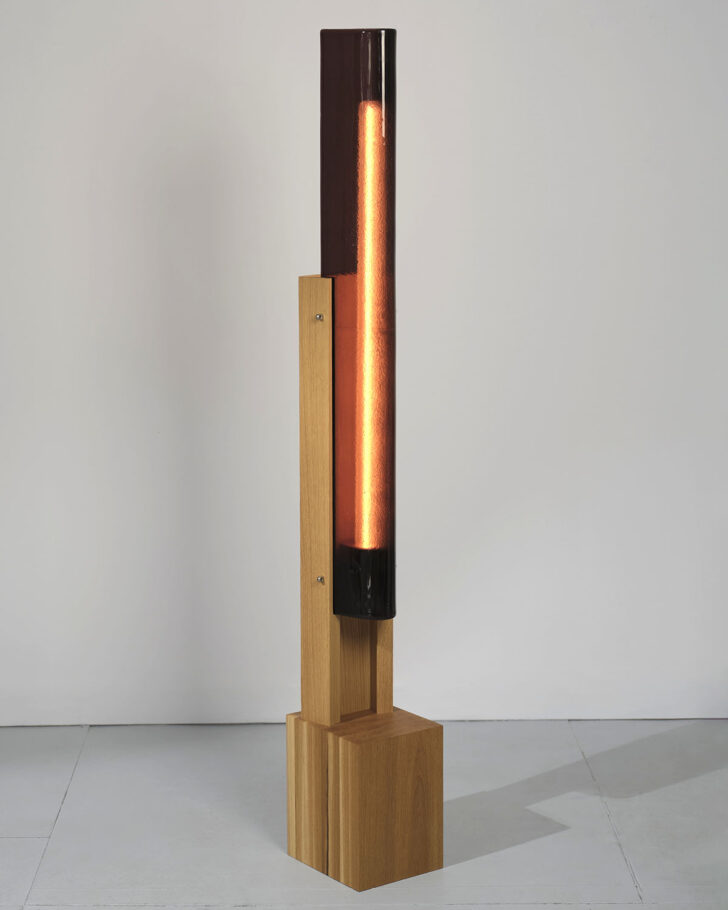
New York City, bowenliustudio.com
Born in China, schooled in Copenhagen and Rochester, NY, and heavily inspired by Scandinavian design, Bowen Liu has both a diverse background and a diverse practice — after spending her first few years in New York making spare, understated furniture and lighting out of wood, Liu pivoted to release a celebrated collection in cast glass, before expanding her wood series once again earlier this year. And yet it’s the consistency of her design language, and her attention to craftsmanship, that we think makes her one to watch.
What is American design to you, and what excites you about it?
It’s the freedom and diversity. Good old sayings, but it’s true. American design can be anything. It focuses on individuality more than nationality. I’m a Chinese person who considers New York City home. I’m excited to see how American design evolves and grows its influence on the world. I would be curious what a movement originated in America looks like.
What are your plans and highlights for the upcoming year?
During a decade of independent practice, I’ve met many excellent people. Some became good friends. I plan to collaborate more and contribute more to the industry and community. You may see more commercially available designs by me, too.
What inspires or informs your work in general?
Two ideologies inform me the most. One is the simplicity and functionality of Scandinavian design. I spent a summer in Copenhagen, which was a special personal experience. I enjoy the intellectual process of distilling an idea to its essence. I prefer to communicate my design with people without many explanations. Simple.
The other is the exceptional craftsmanship from both traditional, time-consuming techniques and highly calibrated manufacturing processes. I come from a background in furniture design and fine woodworking. I can make beautiful and long-lasting things with my hands. Knowing how helps me identify good things and connect with them on a deeper level.
I also get excited about details and nuances from all things.
Clay Brown
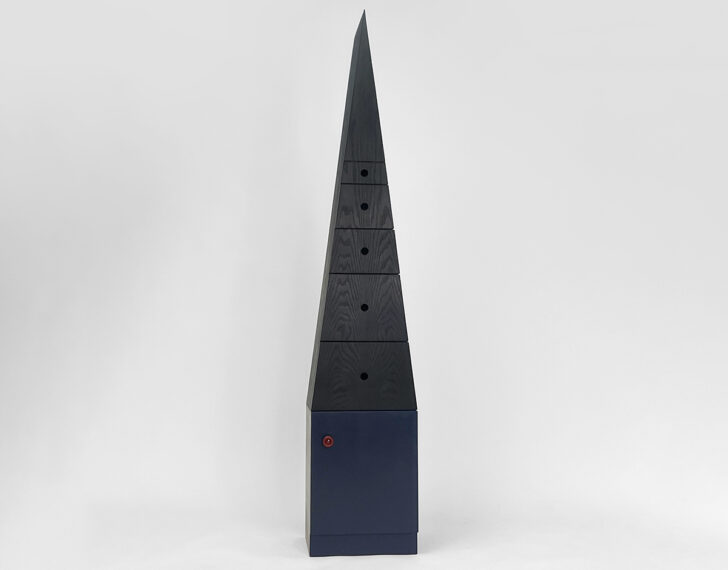
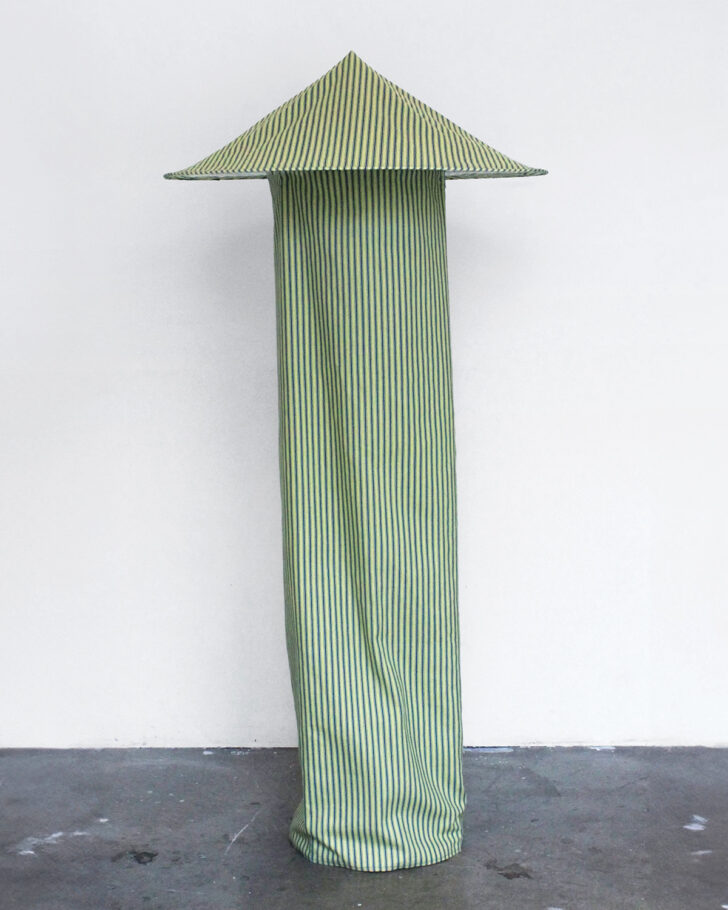
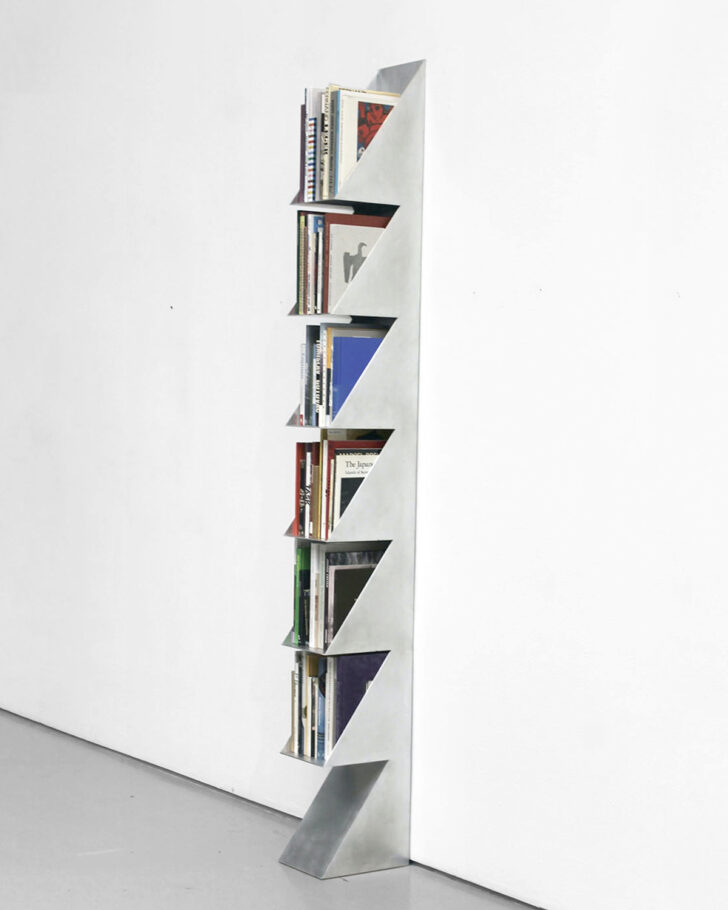
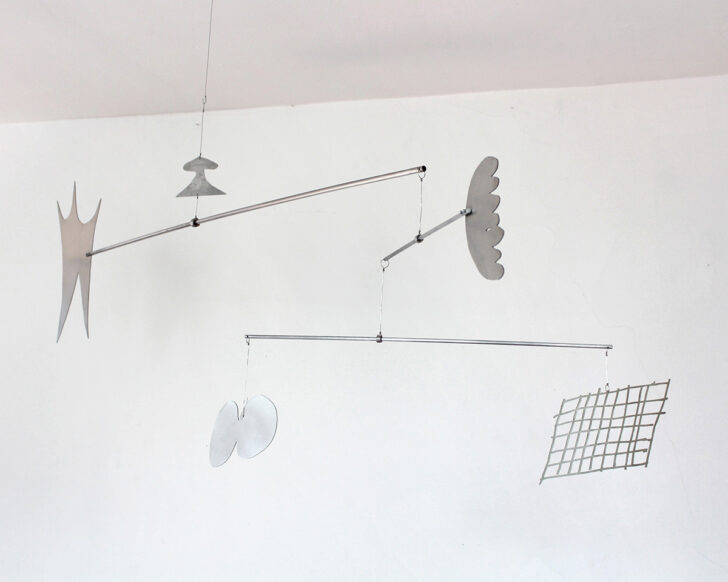
Cincinnati, Ohio, claybrown.online
Ohio designer and recent grad Clay Brown cut his teeth working for Sam Stewart, and it shows — though his work certainly has its own, more formally enigmatic and linear language, it strikes the same charismatic balance between playful approachability and high sophistication, where something can be inspired by (in Brown’s case) Spongebob or Spider-Man but still feel at home in a gallery setting. Lately Brown has been working more with textiles, and we’re curious to see where that will lead. You can shop two of Brown’s current pieces through our Sight Unseen Collection.
What is American design to you, and what excites you about it?
The term ‘American Design’ instantly makes me think of Apple products and McDonalds. On a more personal level, my exposure to American design has meant working intimately with designers, craftsmen, and skilled fabricators. It’s awesome to be in this little renaissance of handcraft and small-scale design practices.
What are your plans and highlights for the upcoming year?
Since finishing my undergrad in May I’ve been taking on commission jobs as they come, always a bit unsure of what might be next, which has been very fun. The new year is super open for me so I’m excited to make time to develop plenty of new work. I’ve been looking into making custom audio equipment and would love to start making small-scale objects. I’m teaching a couple of woodworking classes at a local nonprofit this spring, which I’m excited about. Very open to whatever might come next!
What inspires or informs your work in general?
My work usually comes from a combination of historic imagery and things I grew up seeing in the 2000s. I love reading fiction and watching movies for inspiration. I rewatched Ridley Scott’s Alien recently and am always in awe of H.R. Giger’s visual world-building.
Danny Kaplan
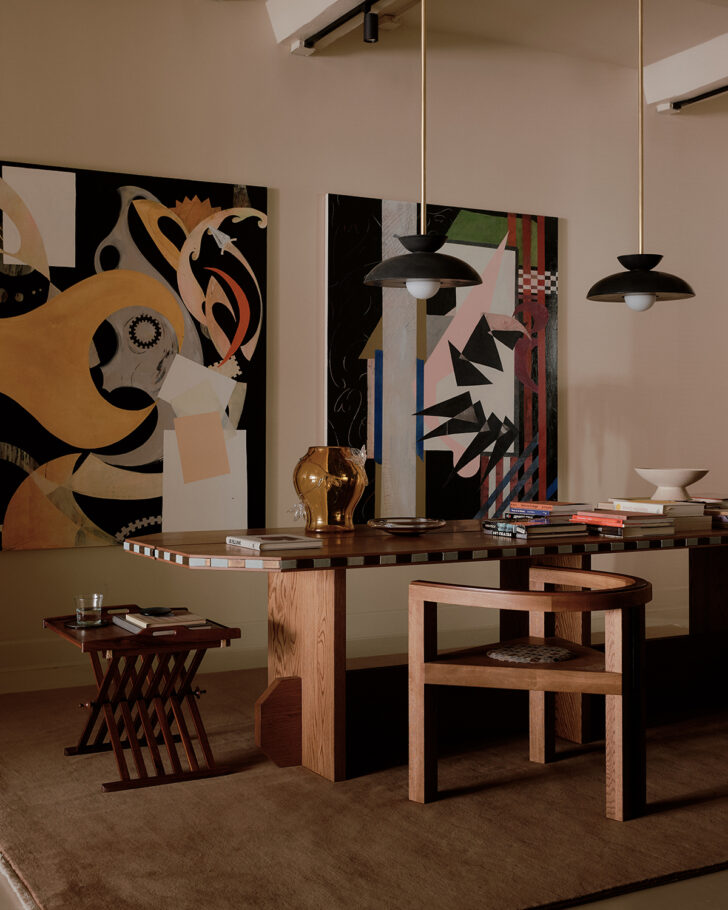
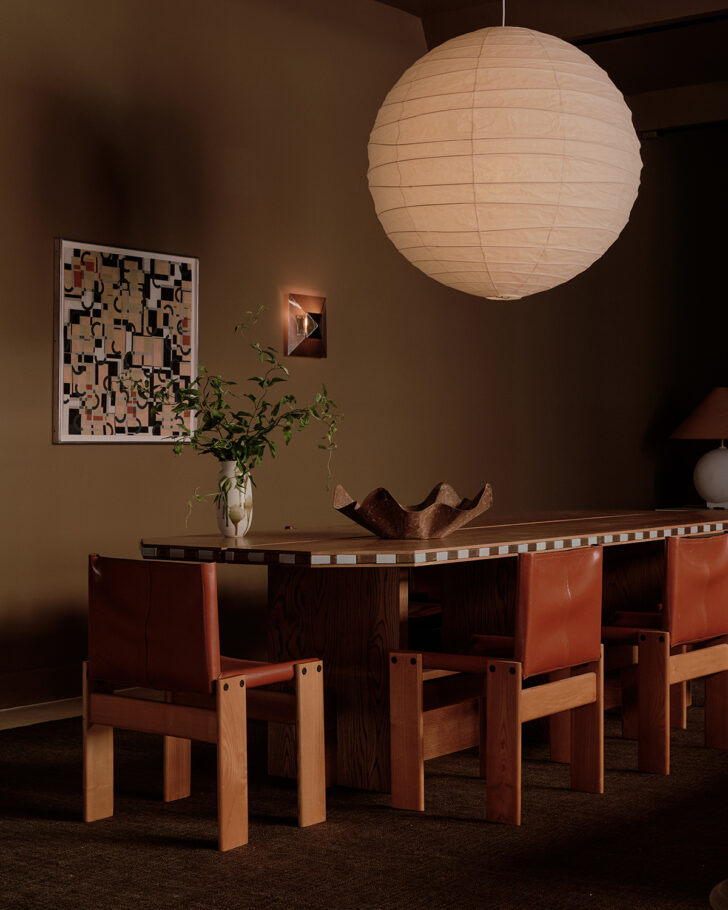
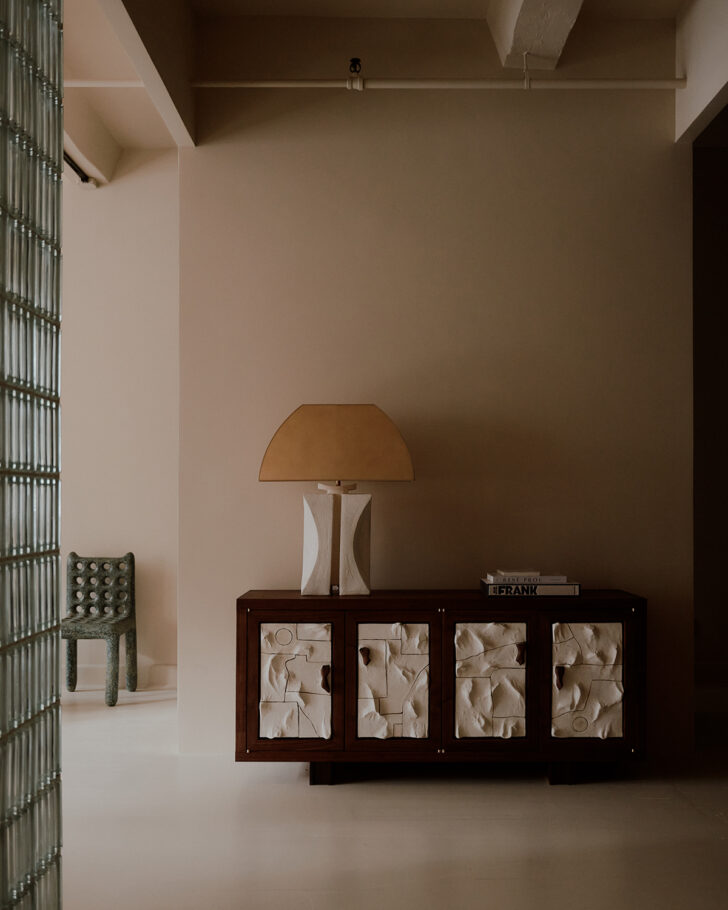
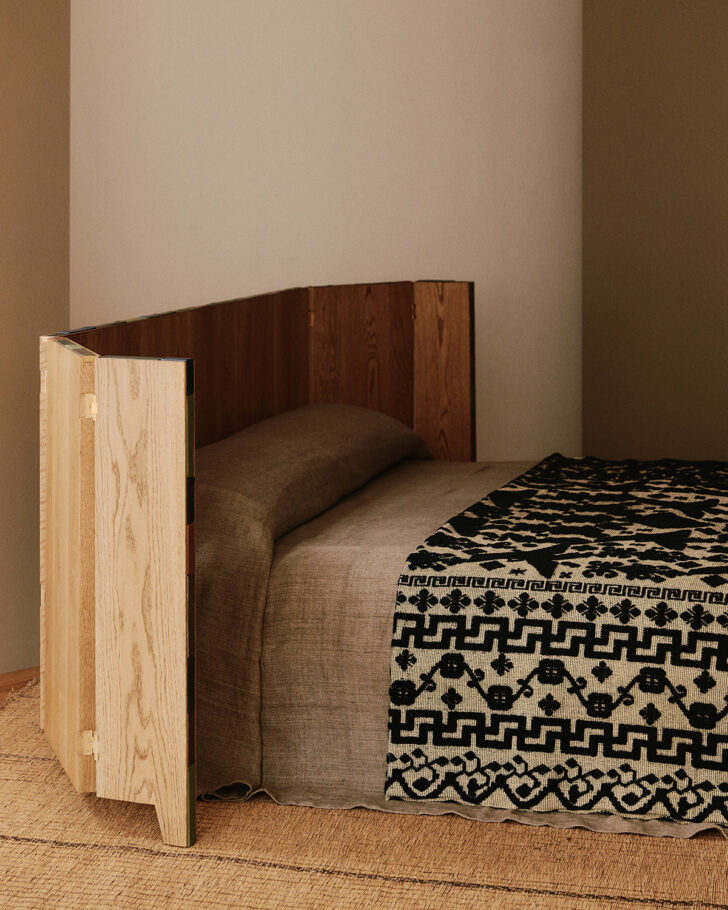
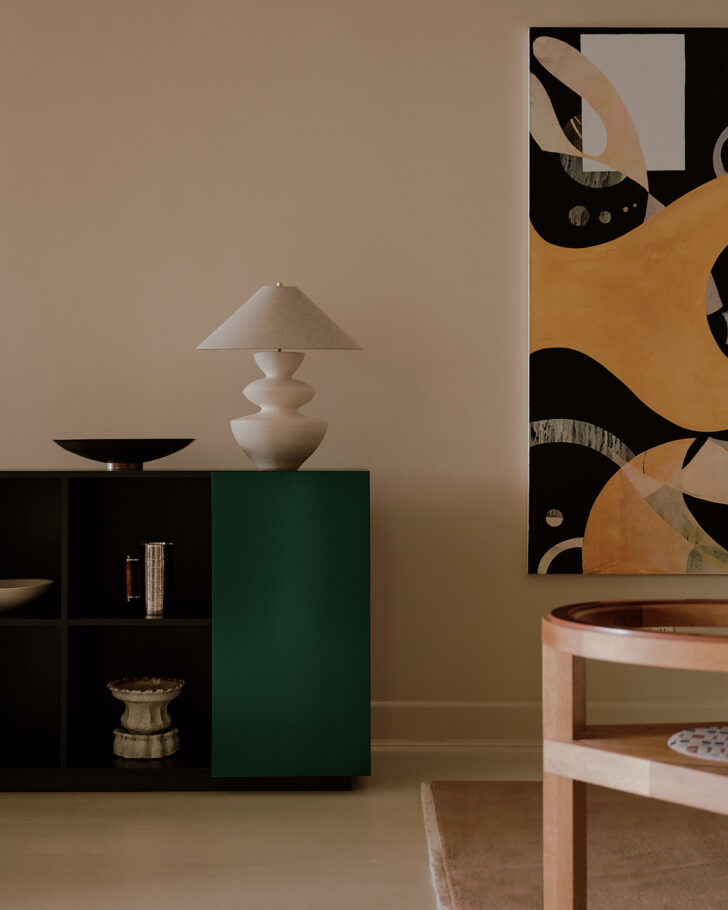
New York, dannykaplanstudio.com
Danny Kaplan started out as a prop stylist, and even as he’s made his name as a ceramicist, he’s retained the sensibility of someone whose job it is to constantly be playing with scale or texture, and bringing in different ingredients to make something elemental appear majestic. Not content to merely build with clay, Kaplan collaborates with a string of masters in other materials to add dimension to his work — Vince Patti of Lesser Miracle brought in woodworking chops, while a collaborative mirror with Joseph Algieri at the new DKS showroom allowed the designer to play around with resin. A metal furniture collection, forthcoming this spring, promises to take Kaplan’s work in an entirely new direction.
What is American design to you, and what excites you about it?
There’s an energy in American design today that feels both authentic and forward-thinking, and it’s inspiring to be part of a community that values different perspectives and cultural influences. American design thrives on a rich tradition of handcraft within a dynamic and evolving cultural context, and I think the rising demand for bespoke, one-of-a-kind items has reinvigorated interest in American design, particularly craft. In addition, “American Design” is defined by its openness to collaboration and the way it brings together diverse approaches. There’s a freedom here to explore cross-disciplinary partnerships that merge techniques, materials, and ideas that really excites me. The studio has been fortunate to partner with some amazing manufacturers, brands and artists, including In Common With, Kassandra Thatcher Studio, Stillmade, and Lesser Miracle. I love working with like-minded and talented designers because I love learning from them. Clay offers endless possibilities, and incorporating new materials like wood into our designs has been an exciting expansion into new object categories. Being part of a design community where collaboration is central allows for the kind of creative exchange that pushes boundaries and leads to unique work.
What are your plans and highlights for the upcoming year?
This next year is shaping up to be an exciting one for the studio. In late 2024, we opened our new showroom in NoHo, which serves as a dedicated space to showcase our work in a curated setting and connect directly with clients and collaborators. In early 2025, we will launch a new metal furniture collection — a complementary extension of our new Facet sconces that explore sculptural and geometric forms that draw on architectural influences and have introduced new materials and techniques into our process. In the spring, we will also launch our first rug collection, marking an exciting expansion into a new product category and material exploration that I am personally thrilled about. As always, we will continue to periodically add new pieces to our core ceramics line as well as new finishes. Beyond that, I’m eager to pursue collaborative projects with other designers and studios that align with my interest in exploring unexpected applications of form and material.
What inspires or informs your work in general?
I’m deeply inspired by the tactile nature of materials and the ways they can transform through the design process. Clay remains a foundational material in my work; it’s where every piece begins, and its immediacy allows for a very instinctual approach to design. Respect for the material underscores the importance of understanding its unique properties and potential, allowing artisans (myself included) to create with intention and care. I love the subjectivity and utility of ceramics — ultimately they serve a variety of purposes, both functional and decorative. And I really like elemental forms — orbs, spheres, cubes, etc. — simple shapes stacked elegantly with a focus on composition and balance are key tenets. Jean-Michel Frank’s influence on my ceramics and forms is profound and multifaceted. His dedication to minimalism and his ability to create strikingly simple yet elegant designs resonate deeply with my approach. In general, architectural forms, especially Brutalist and mid-century modern structures, also inform my work, as they often combine monumental presence with a sense of human scale and intimacy.
